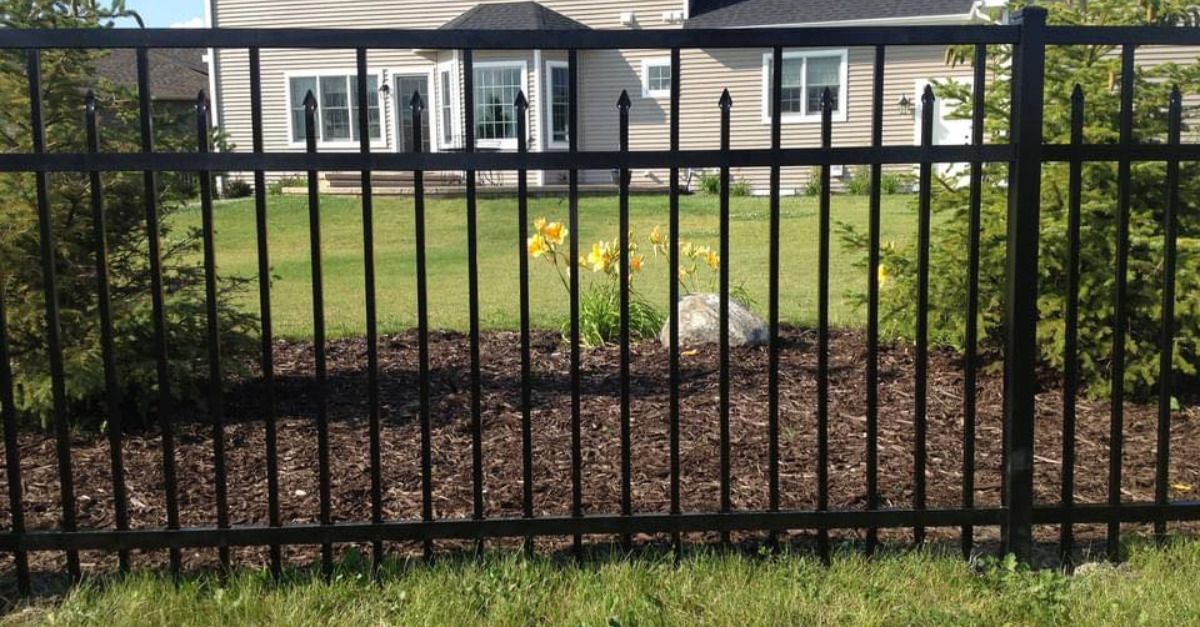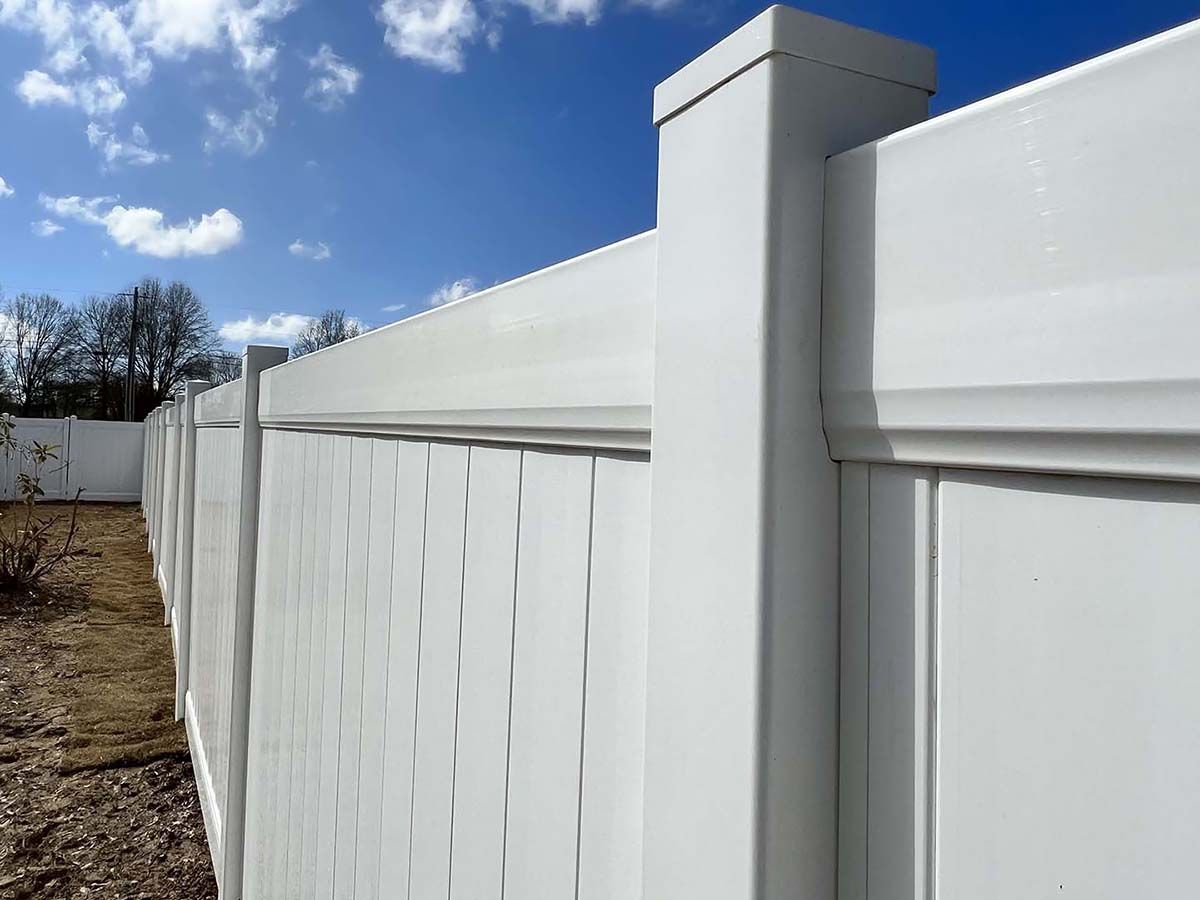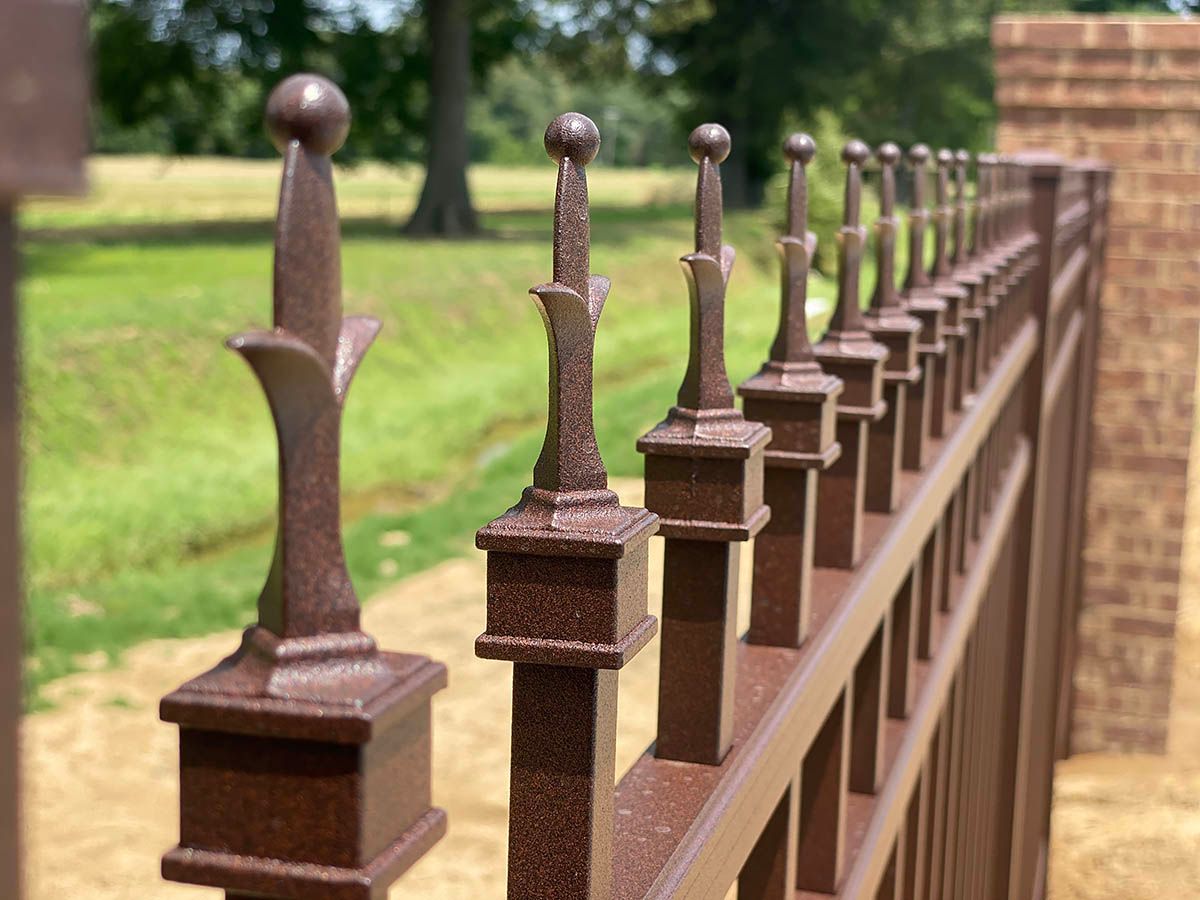Blog Post:
BY Liberty Fence Co.
Winters in Fargo, ND aren't just cold. They're long, snowy, and often brutal. That can take a toll on fences. If you're a homeowner here, you know not every fence can handle that kind of punishment. Some lean under heavy snow. Others split when the ground starts to freeze and thaw. So how do you pick one that holds up? This guide helps you figure that out.
What Makes a Fence Winter Ready?
There are a few key things to think about when you’re picking fencing for cold climates like Fargo. The right fence doesn’t just stand tall. It needs to:
• Handle snow: Snow stacks up and gets heavy. Your fence has to support that weight.
• Take the wind: Fargo wind isn’t shy.
• Beat the frost: If your posts are too shallow, the frost can lift them out of the ground.
• Survive freeze-thaw cycles: Water seeps into small gaps, freezes, expands, and does damage over time.
Each material behaves differently in these conditions.
Top Fence Materials for Fargo Winters
| Fence Material | Pros in Winter | Cons in Winter |
|---|---|---|
| Vinyl | Doesn't soak up water, won't rot, easy upkeep | Might crack in deep cold if hit |
| Metal | Holds up well against wind and snow | Can rust if it isn't coated right |
| Wood | Has a classic look, can do fine if sealed | Needs care, may crack or warp |
| Composite | Doesn't rot, handles moisture | Costs more up front |
Some trade offs are worth it, depending on what matters most to you.
5 Fence Features That Matter in Winter
1. Post Depth: Go below the frost line. In Fargo, that means about 42 inches.
2. Finish or Coating: Sealed wood and coated metal hold up better when it gets wet and cold.
3. Gaps Between Boards: Small gaps help wind pass through. Solid fences can take more pressure.
4. Height: A tall fence blocks more wind, but also takes more of a beating.
5.
Maintenance Needs:
Vinyl and composite don’t ask for much. Wood does.
Best Fence Choices for Cold Climates
Vinyl Fencing: If you want something that stays clean and keeps its shape, vinyl’s a safe bet. It doesn’t rust or rot. And snow doesn't stick to it much. Just don’t go cheap. Thin vinyl can snap in deep cold.
Metal Fencing (Aluminum or Steel): Metal is strong and heavy. It handles wind better than most. Powder coated steel resists rust and stays sharp looking for years. It costs more than wood, but you’ll likely do less upkeep.
Pressure-Treated Wood Fencing: Wood still has a place here. Cedar is a solid choice, especially if it’s sealed well. But it does take work. Without regular care, wood can crack, shift, or rot.
Composite Fencing:
This is like the best of both worlds. It looks like wood, but it acts more like plastic. It won’t split or rot. It doesn’t need to be painted. It’s more costly at first, but it tends to last.
Tips for Winter Fence Installation in Fargo
• Install before the freeze: Once the ground freezes, digging gets tough and slow.
• Hire local: Contractors in Fargo know the soil and weather. That saves you headaches.
• Dig deep: Posts must go below the frost line or they’ll shift.
•
Plan for wind: If your property is wide open, wind pressure can wear out your fence fast.
Common Questions About Winter Fencing in Fargo
Can fences go in during winter?
They can, but it’s harder work and often costs more. Late summer or early fall is easier.
What kind of fence lasts the longest in the cold?
Vinyl and steel usually outlast others in this climate. Both are tough, and neither rots.
How deep should fence posts go?
In Fargo, aim for at least 42 inches. That keeps them below the frost line.
Call Liberty Fence & Deck Co. for Winter-Ready Fences
Not every fence works well in Fargo. You need one that stands firm through months of snow and wind. Liberty Fence & Deck Co. knows how to build that kind of fence. We’ve been installing fences across Fargo for years. Whether you’re thinking vinyl, metal, wood, or composite, we’ll help you get what fits your home and your budget.
Call now or visit our
contact page for your free quote. Don’t wait for the thaw. Get ahead of winter now.




